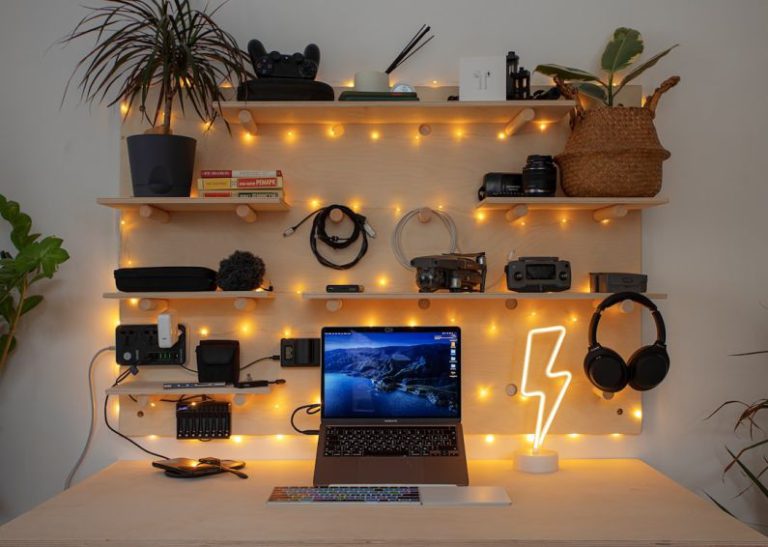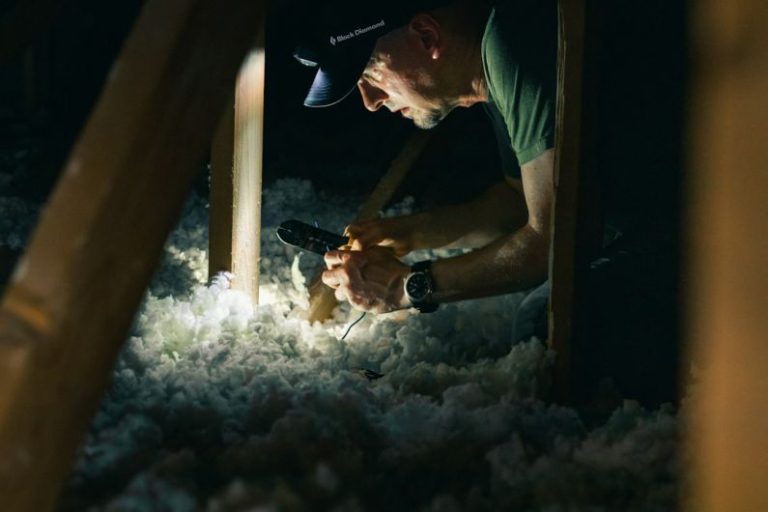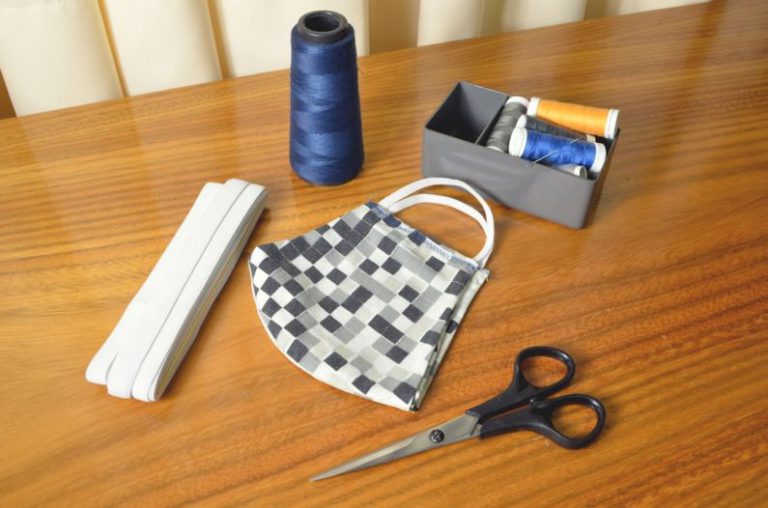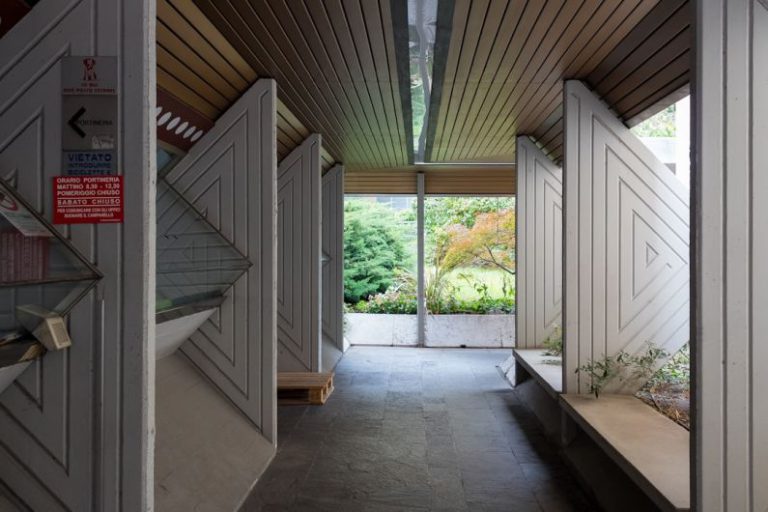Diy Temperature Monitoring for Your Pc
Maintaining an optimal temperature for your PC is crucial to ensure its longevity and performance. Overheating can lead to hardware damage and even system failure. While many PCs come equipped with built-in temperature monitoring tools, DIY temperature monitoring gives you greater control and insight into your system’s thermal behavior. In this article, we will explore how you can easily set up temperature monitoring for your PC using both hardware and software solutions.
**Hardware Monitoring Tools**
One of the most effective ways to monitor your PC’s temperature is by using hardware monitoring tools. These tools typically consist of sensors that can be placed in various parts of your PC to track temperature levels in real-time. One popular hardware monitoring tool is a thermal probe, which can be attached to different components such as the CPU, GPU, or even the motherboard. These probes provide accurate temperature readings and can help you identify any potential overheating issues before they cause damage.
**Software Monitoring Solutions**
Software monitoring solutions offer a convenient way to keep track of your PC’s temperature without the need for additional hardware. There are several software programs available that can monitor your PC’s temperature and provide real-time data on your system’s thermal performance. Popular software options include HWMonitor, Core Temp, and SpeedFan, all of which offer customizable settings and alerts to notify you of any temperature spikes.
**Setting Up Temperature Alerts**
Setting up temperature alerts is essential to ensure that you are promptly notified of any overheating issues. Most software monitoring tools allow you to set up custom alerts based on specific temperature thresholds. By configuring these alerts, you can receive notifications via email or pop-ups on your screen when your PC’s temperature exceeds a certain level. This feature is especially useful for users who want to take immediate action to prevent hardware damage.
**Monitoring Temperature Trends**
Monitoring temperature trends over time can provide valuable insights into your PC’s thermal behavior. By tracking temperature fluctuations during different usage scenarios, you can identify patterns and potential causes of overheating. Software monitoring tools often offer the ability to generate temperature graphs and logs, allowing you to visualize temperature trends and make informed decisions about optimizing your PC’s cooling system.
**Optimizing Cooling Solutions**
Once you have established a temperature monitoring system for your PC, it’s essential to optimize your cooling solutions to maintain a stable temperature range. There are several ways you can improve your PC’s cooling efficiency, such as cleaning dust buildup, reapplying thermal paste, upgrading your cooling fans, or installing additional case fans. By addressing any cooling issues identified through temperature monitoring, you can enhance your PC’s overall performance and reliability.
**Conclusion: Empower Yourself with DIY Temperature Monitoring**
DIY temperature monitoring for your PC is a simple yet effective way to safeguard your system against overheating and potential hardware damage. By utilizing a combination of hardware and software monitoring tools, setting up temperature alerts, tracking temperature trends, and optimizing your cooling solutions, you can take proactive measures to ensure your PC operates at optimal temperatures. Empower yourself with DIY temperature monitoring and enjoy a cooler, more efficient computing experience.






